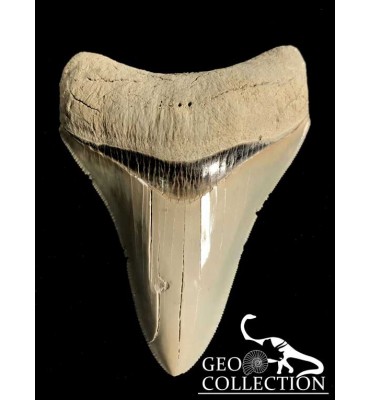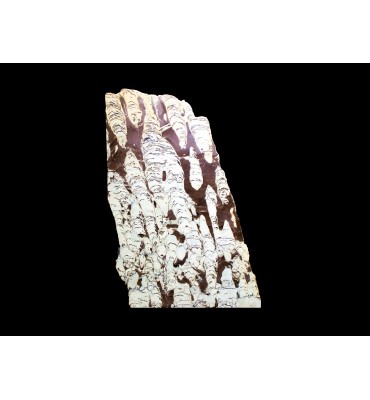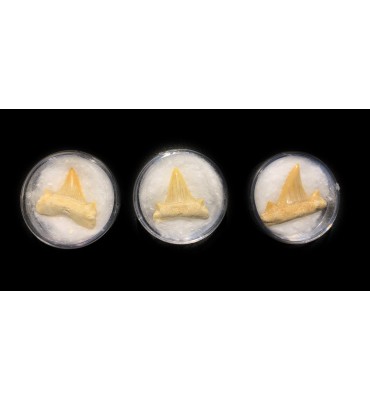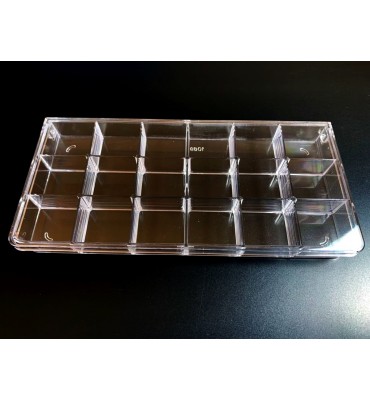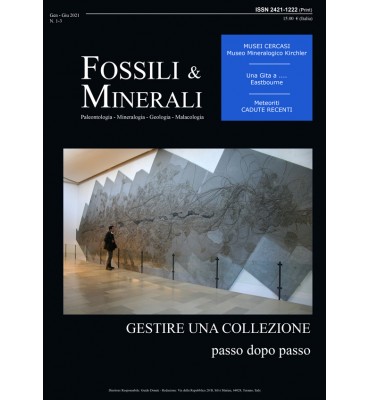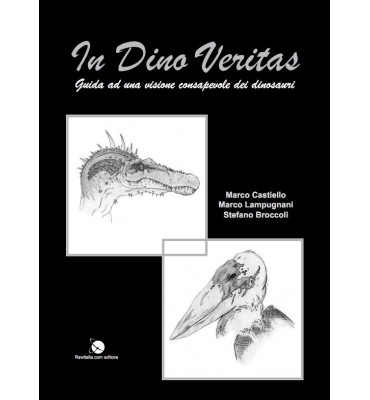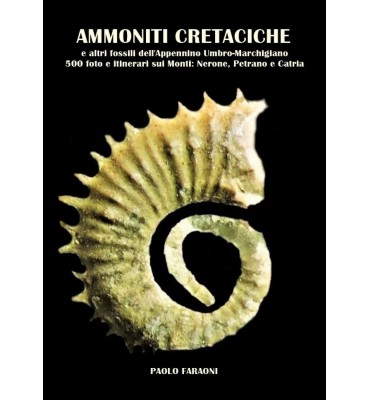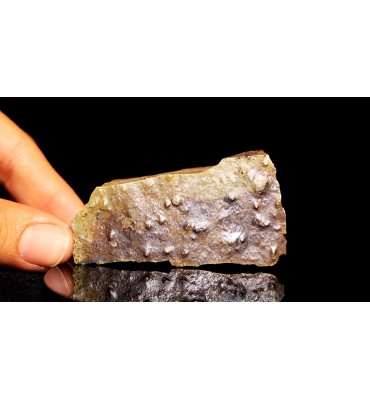Your cart is empty
-
Home
- Fossils
- Shells
- Books
- Minerals
-
Boxes and Equipment
- Transparent boxes
- System Box
- Boxes for Gems
- Cardboard boxes
- Bottles and Capsules
- Bags and sachets
- Exhibition and displays
- Chemicals: Tires, Glues and Resins
- Set or Kit
- Mineral Cutter & Trimmer
- Estwing equipment
- Compass & GPS
- Handling tools
- Lenses and Binoculars
- Cleaning tools
- Microscopy
- Attrezzi raccolta e scavo
- Labels
- Scatole Museali
- Jewelry
- DEAL
- Meteorites
- Fossils
- Shells
- Books
- Minerals
-
Boxes and Equipment
- Transparent boxes
- System Box
- Boxes for Gems
- Cardboard boxes
- Bottles and Capsules
- Bags and sachets
- Exhibition and displays
- Chemicals: Tires, Glues and Resins
- Set or Kit
- Mineral Cutter & Trimmer
- Estwing equipment
- Compass & GPS
- Handling tools
- Lenses and Binoculars
- Cleaning tools
- Microscopy
- Attrezzi raccolta e scavo
- Labels
- Scatole Museali
-
Home
Latest
-
Fossils
New
-
€520.00
-
Asteroceras
€260.00 -
Eparietites
€326.00
-
Cenoceras sp.
€260.00 -
Discohelix
€20.00 -
Stromatolite
€150.00
-
Youngibelus
€52.00 -
Fossil of
€178.00
-
Flexicalymene
€90.00 -
Dente di
€100.00
-
-
Minerals
New
-
Boxes and Equipment
Boxes and Equipment
-
Books
New
-
Neogene Sharks
€64.00 -
PDF Magazine
€10.00 -
In dino
€45.00
-
LIB027 - I
€70.00 -
Cônes de
€45.00
-
A Guide to
€30.00 -
Ammoniti
€26.00
-
- My account
- Sitemap
- Contact us
- blog
Beltanelliformis brunsae (Menner,1974)
Stromatolite
Location: Cochabamba, Bolivia
Age: Cretaceous
Dimensions: 90 x 55 mm.
Weight: 85 grams.

Secure purchase with SSL protocol

Shipments always with Tracking
 Goods return policies
Goods return policies
See our Shipping and Returns page
This is an exceptional example the Earth's oldest fossil, stromatolite, from an unusual South American Cretaceous formation. This slab of stromatolite was cut and polished perpendicularly to the individual colonial layers and thus exhibits multiple colored growth rings. The stromatolite has been polished to a mirror finish on one side, vividly rendering the inherent beauty of stromatolite and making apparent the biogenic process in its formation. Once thought o be Proterozoic in age, it has subsequently ben determined to be Late Cretaceous, just a few million years prior to the extinction of the dinosaurs. This remarkable specimen is appropriate for display, teaching or research, representing primitive prokaryotic life responsible for forming the atmosphere that we breathe today. Stromatolites have persisted to the modern day in such places as Shark Bay, Australia where they continue their billions of years old lifestyle.
Specific References

Stromatolite
Location: Cochabamba, Bolivia
Age: Cretaceous
Dimensions: 90 x 55 mm.
Weight: 85 grams.

